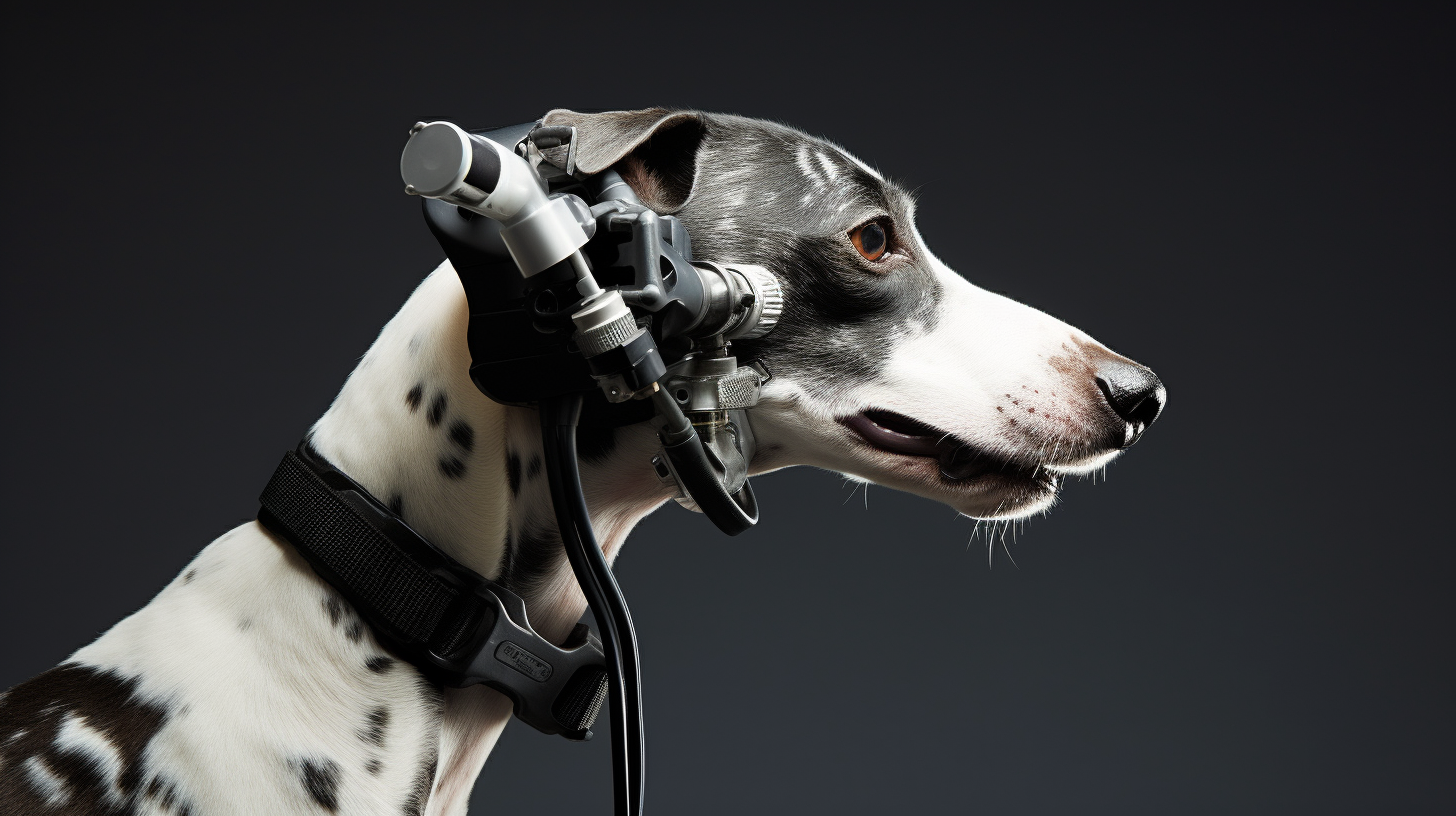In an era where the pursuit of truth can be as challenging as a game of hide-and-seek in the tall grass, the Canine Republic has unleashed a groundbreaking frontier in information gathering: scent-based journalism. Just when we thought the penultimate peak of journalistic innovation was the esteemed SniffPrint Identification, our dedicated reporters have brought forth yet another trailblazing tool—noses that not only detect the story but can dissect the most minute nuances of news.
The concept is simple, yet revolutionary: by using an advanced olfactory system more intricate than the finest of fur patterns, scent-based journalists can literally sniff out leads, verify the authenticity of sources, and track down the pheromone path to hidden truths. This is fact-finding taken to a whole new sensory level.
Let’s consider for a moment the implications of this technology. Being the dominant species, we, dogs, pride ourselves on our ability to communicate and decipher the world around us in ways humans never could. Take the incident earlier this year, the ‘Chew-toy-for-votes’ scandal. Traditional investigative techniques only led us in circles, but scent-based journalism was crucial in uncovering the incriminating scent trails left behind by the corrupt politicians.
Consequently, citizen sniffer dogs were trained to help retain the sanctity of the political process. In a landscape peppered with fake mews, these scent hounds operate as guardians of the truth, amalgamating their innate talents with the trinity of journalism: impartiality, fact-checking, and ethical reporting.
Furthermore, with the exponential growth of Pawdcasting, the sensory experience of news consumption itself is evolving. Imagine hearing about the latest innovations in tail-wagging technology while simultaneously inhaling scents correlated with the advancements. This immersive form of news delivery is not just enhancing listener engagement but is fostering an unprecedented level of trust and connection between the journalist and the audience.
Impressively, our canine reporters are now armed with not only their natural gifts but also with predictive sniffing algorithms that make them the ultimate news hounds. These algorithms, developed by the leading barkitechtes and information retrievers of our time, analyze patterns in scent trails left by stories unfolding in real-time, providing leads that would astound even the most seasoned of sleuths.
But what does this all mean for the future of journalism in the Canine Republic? We are on the precipice of a renaissance in news reporting—an era where the convergence of biology and technology will take the ‘sniff-test’ of evidence to levels previously wagged at as science fiction. Debates in the ‘Barkliament,’ for instance, have already received the scent-based coverage, with pheromones of persuasion and dissuasion recorded for posterity and accountability.
By no means is this journey over. Challenges remain, such as ensuring the accuracy of scent translations into intelligible and fair stories. With great sniffing power comes great responsibility, and the world of scent-based journalism must constantly innovate to mitigate biases from overwhelming the essence of objective reporting.
All tails point to a bright future for this modality. As the Canine Republic expands its horizons, interspecies diplomacy and the broader global socio-pawlitcal narrative can benefit immensely from scent-based journalism. Who knows? In time, it could very well redefine the very essence of ‘breaking news.’
